Serving 345 students in grades Prekindergarten-5, Dibble Elementary School ranks in the top 50% of all schools in Oklahoma for overall test scores (math proficiency is top 50%, and reading proficiency is top 50%).
The percentage of students achieving proficiency in math is 25-29% (which is approximately equal to the Oklahoma state average of 25%). The percentage of students achieving proficiency in reading/language arts is 20-24% (which is lower than the Oklahoma state average of 27%).
The student:teacher ratio of 18:1 is higher than the Oklahoma state level of 15:1.
Minority enrollment is 31% of the student body (majority Hispanic), which is lower than the Oklahoma state average of 56% (majority Hispanic).
Quick Stats (2025)
- Grades: Prekindergarten-5
- Enrollment: 345 students
- Student:Teacher Ratio: 18:1
- Minority Enrollment: 31%
- Overall Testing Rank: Top 50% in OK
- Math Proficiency: 25-29% (Top 50%)
- Reading Proficiency: 20-24% (Btm 50%)
- Science Proficiency: 20-29% (Btm 50%)
- Source: National Center for Education Statistics (NCES), OK Dept. of Education
Top Rankings
Dibble Elementary School ranks among the top 20% of public schools in Oklahoma for:
Category
Attribute
Most improved public schools
School Overview
Dibble Elementary School's student population of 345 students has stayed relatively flat over five school years.
The teacher population of 19 teachers has stayed relatively flat over five school years.
Grades Offered
Grades Prekindergarten-5
(No virtual instruction)
(No virtual instruction)
Total Students
345 students
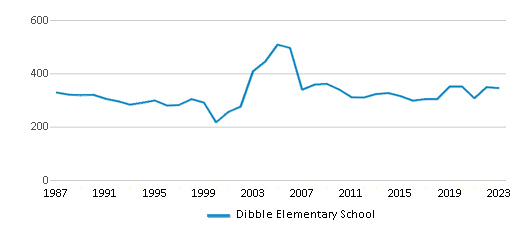
Gender %
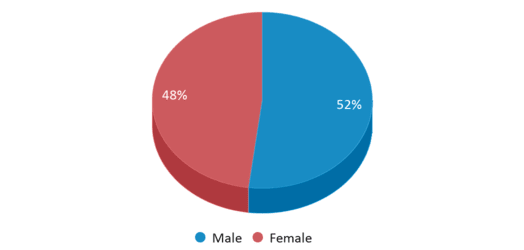
Total Classroom Teachers
19 teachers
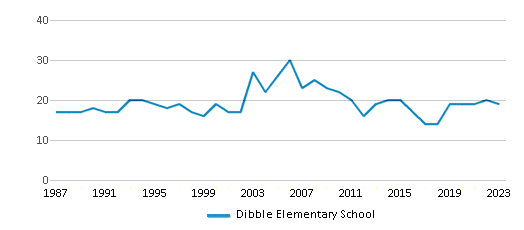
Students by Grade
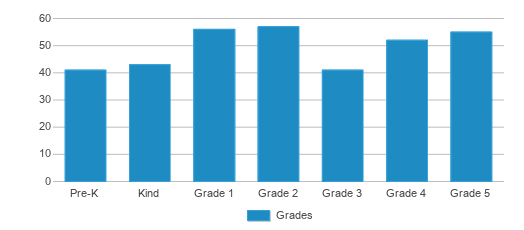
School Rankings
Dibble Elementary School ranks within the top 50% of all 1,680 schools in Oklahoma (based off of combined math and reading proficiency testing data).
The diversity score of Dibble Elementary School is 0.49, which is less than the diversity score at state average of 0.73. The school's diversity has stayed relatively flat over five school years.
Overall Testing Rank
#823 out of 1680 schools
(Top 50%)
(Top 50%)
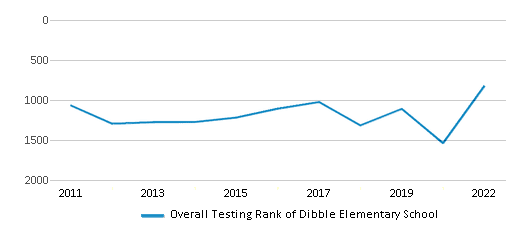
Math Test Scores (% Proficient)
25-29%
25%
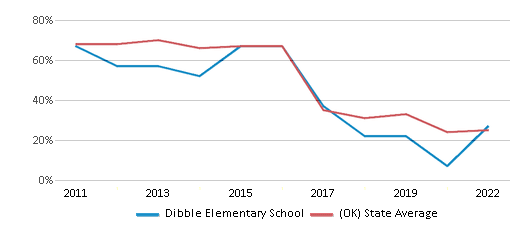
Reading/Language Arts Test Scores (% Proficient)
20-24%
27%
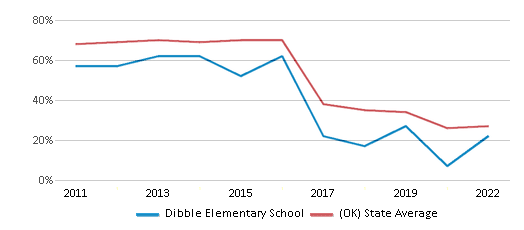
Science Test Scores (% Proficient)
20-29%
31%
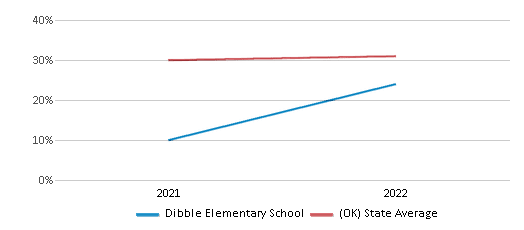
Student : Teacher Ratio
18:1
15:1
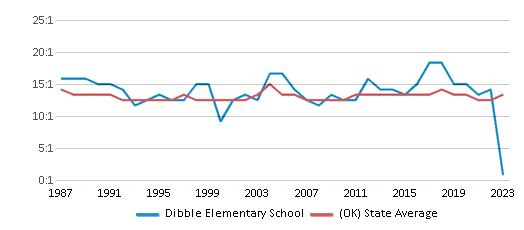
American Indian
7%
11%
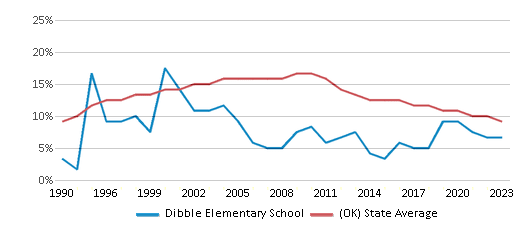
Asian
n/a
2%
Hispanic
16%
20%
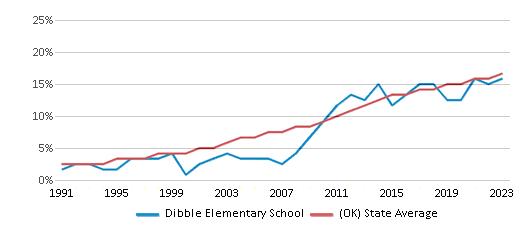
Black
1%
8%
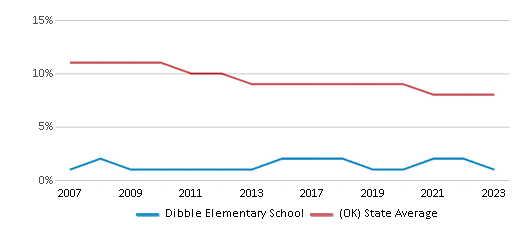
White
69%
44%
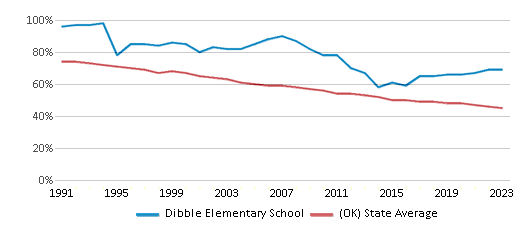
Hawaiian
n/a
1%
Two or more races
7%
14%
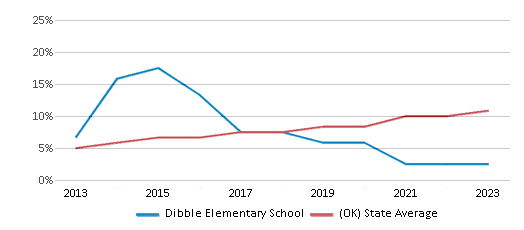
All Ethnic Groups
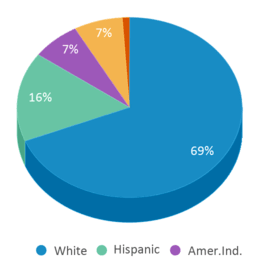
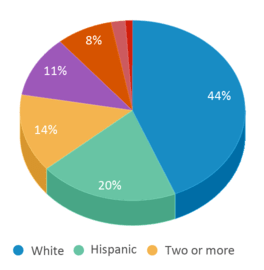
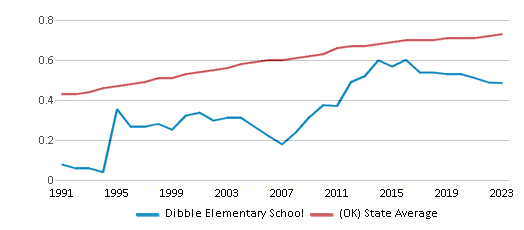
Participates in the National School Lunch Program (NSLP)
Yes
Eligible for Free Lunch
50%
48%
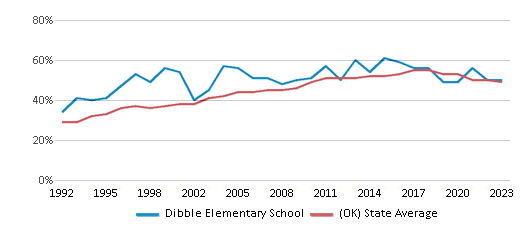
Eligible for Reduced Lunch
5%
7%
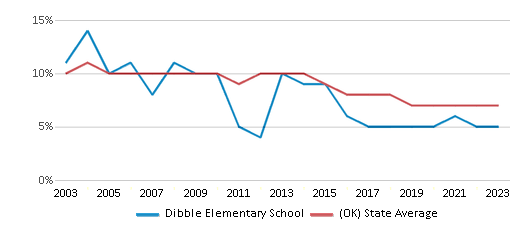
School Statewide Testing
School District Name
Source: National Center for Education Statistics (NCES), OK Dept. of Education
Profile last updated: 02/09/2025
Frequently Asked Questions
What is Dibble Elementary School's ranking?
Dibble Elementary School is ranked #823 out of 1,680 schools, which ranks it among the top 50% of public schools in Oklahoma.
What percent of students have achieved state testing proficiency in math and reading?
25-29% of students have achieved math proficiency (compared to the 25% OK state average), while 20-24% of students have achieved reading proficiency (compared to the 27% OK state average).
How many students attend Dibble Elementary School?
345 students attend Dibble Elementary School.
What is the racial composition of the student body?
69% of Dibble Elementary School students are White, 16% of students are Hispanic, 7% of students are American Indian, 7% of students are Two or more races, and 1% of students are Black.
What is the student:teacher ratio of Dibble Elementary School?
Dibble Elementary School has a student ration of 18:1, which is higher than the Oklahoma state average of 15:1.
What grades does Dibble Elementary School offer ?
Dibble Elementary School offers enrollment in grades Prekindergarten-5 (No virtual instruction).
What school district is Dibble Elementary School part of?
Dibble Elementary School is part of Dibble School District.
School Reviews
1 8/28/2021
I always knew that school was bad. I used to go there until 8th grade. I am know enrolled in Kingston High School. This school is much better for children, and they allow you to do what you want as long as you tell a teacher. Don''t cheer for Dibble Demons, cheer for Kingston Redskins! (you don''t have to)
2 2/24/2016
This is an awful school. You would think smaller classrooms better education for your children, you are so wrong. Tests are completely out of date. Administration and staff think they know better than parents, and please do not disagree with anything or have an opinion. The school lacks communication with each other. Even going up the chain of command, no one seems to care, they don't except change. Nothing is completed in a.timely manner. Notices are always last minute if recieved at all. The faculty and staff will make things hard on families just because they don't want you there. Please, I beg all parents to seriously think twice about letting your child go to this school. And take the time to research pedophiles and problems the school has had in the past.
Review Dibble Elementary School. Reviews should be a few sentences in length. Please include any comments on:
- Quality of academic programs, teachers, and facilities
- Availability of music, art, sports and other extracurricular activities
Recent Articles
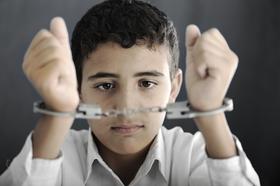
School-to-Prison Pipeline Persists Despite Local, State and National Efforts
Inadequate funding and resources for schools, harsh zero-tolerance discipline policies, police presence in public schools, and de facto segregation continue to create school environments in which poor and minority students have little chance of succeeding. The result is a continuation of the school-to-prison pipeline that has been commonplace in the American education system for decades, despite federal, state and local efforts to curb the problem.

How the Arts Benefit Your Children Academically and Behaviorally
Often underfunded in the past, the arts are gaining a resurgence in support as research shows benefits for children academically, along with improvements in behavior and attendance.

February 05, 2025
Understanding the U.S. Department of Education: Structure, Impact, and EvolutionWe explore how the Department of Education shapes American education, from its cabinet-level leadership to its impact on millions of students, written for general audiences seeking clarity on this vital institution.






